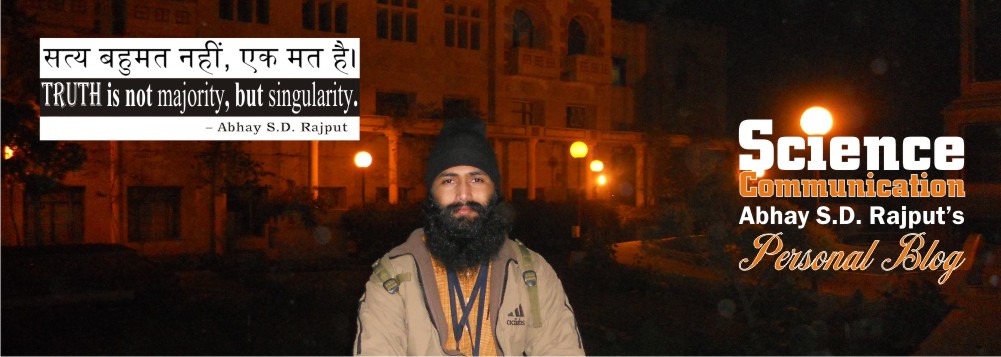Abstract
Scientific writing is
integral to any scientific enterprise and constitutes an essential part of the
toolkit of scientists to lead a successful career. But it remains a neglected
area in science education, adversely impacting scientists’ career advancement
and institutional productivity. When English is the de facto language of
science, inabilities to express clearly in English can have serious
implications for (non-native English speaking) scientists. Further, scientists
in a multilingual society like India may face more such lingual complexities
barring clear and precise writing. Keeping in view the risks and uncertainty
associated with weather and climate, different stakeholders are increasingly
demanding clear communication from the scientific community. However, we have
little understanding about what scientists think about their writing skills and
capabilities. This article presents results of a survey examining the
perceptions and attitudes of Indian weather and climate scientists about their
skills, experiences and training needs in scientific writing. Results suggest
that the majority of scientists have difficulties in preparing quality
manuscripts suitable for publication, and that they are willing to undergo
skill enhancement training to overcome their shortcomings. Some interesting
insights emerge from the analysis that would be useful in helping scientists
improve their scientific writing.
https://rmets.onlinelibrary.wiley.com/doi/10.1002/wea.3967
